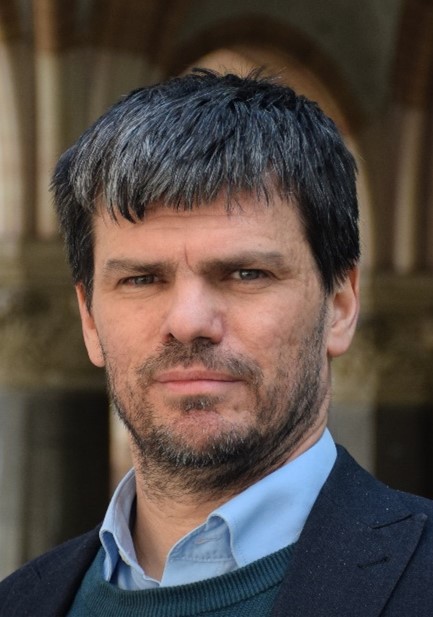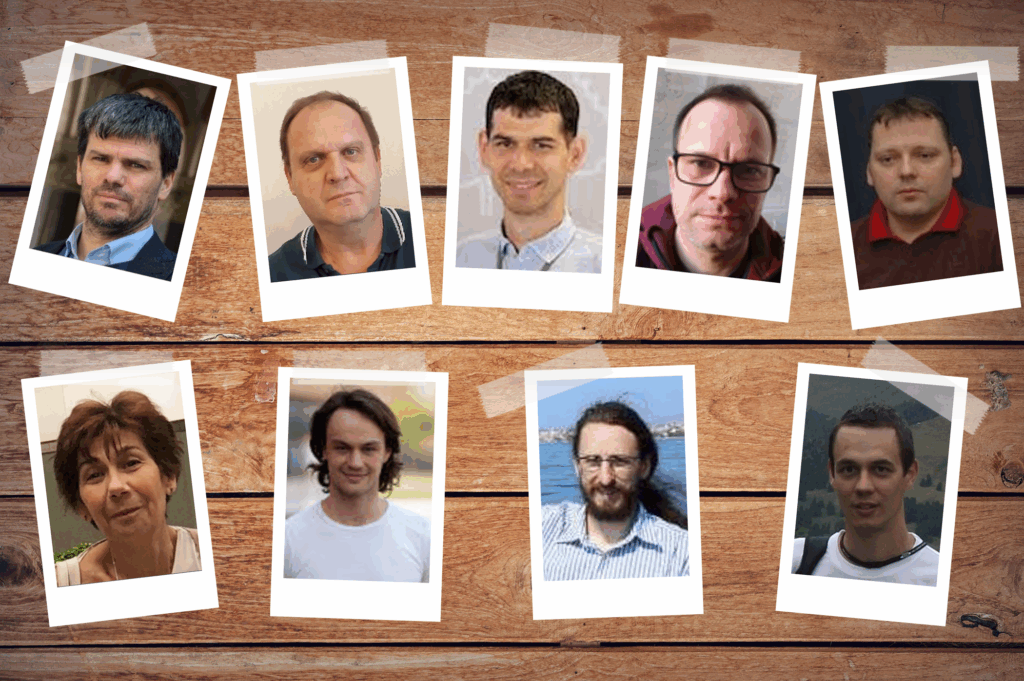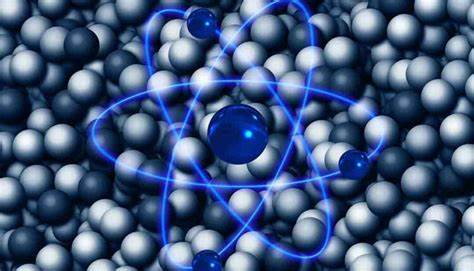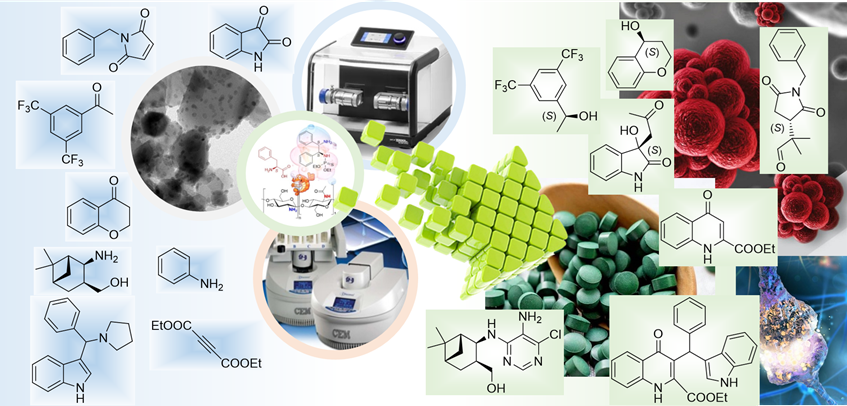Name of the research leader
András Ernő Dr. Halbritter

Brief description of the research
The Condensed Matter Physics research group has been operating at the Institute of Physics of BME since 2007 under the direction of András Jánossy, György Mihály and András Halbritter. The research group operates as a scientific school based on experimental solid-state physics research. We are currently focusing on five subprojects: development of functional nanocircuits, spin and charge dynamics research, experimental and theoretical investigation of complex magnetic structures, and investigation of self-assembled nanostructures.
Downloads
The HUN-REN-BME Condensed Matter Research Group first led by professor András Jánossy (2007-), then by professor György Mihály and now by professor András Halbritter, has always been focusing on the investigation of modern functional, technologically promising material families. In addition to the investigation of bulk materials with complex electronic structures, the focus of the group moved towards nanostructured systems and nanocircuits. The research group builds on the experimental solid-state physics facilities of the BME Institute of Physics, with an emphasis on experimental methods for electron transport, spin spectroscopy, magneto-optics, and self-assembling nanostructures. The experimental research is strongly supported by first-principles simulations. Throughout the topics covered by the five sub-projects of the research group (functional nanocircuits, spin and charge dynamics, experimental and theoretical investigation of complex magnetic structures, self-assembling nanostructures) discovery-level ideas and deep physical understanding often overlap in time with large-scale applications. Accordingly, our research contributes to the development of application-oriented areas such as hardware support for artificial intelligence, ultrahigh-density magnetic data storage, or the development of self-assembly-based nanosensors. These application-oriented exploratory research objectives are complemented by device development projects, such as the development of cryogenic microwave photoconductivity meters or artificial neural units for complex signal recognition.
Since its establishment, the Condensed Matter Physics Research Group has worked as a scientific school to promote the scientific careers of young homegrown researchers. Three of the current sub-project leaders are researchers for whom the Condensed Matter Physics Group had previously opened the possibility of building an experimental research group in Hungary. Following this tradition, we remain committed to support young post-docs.




